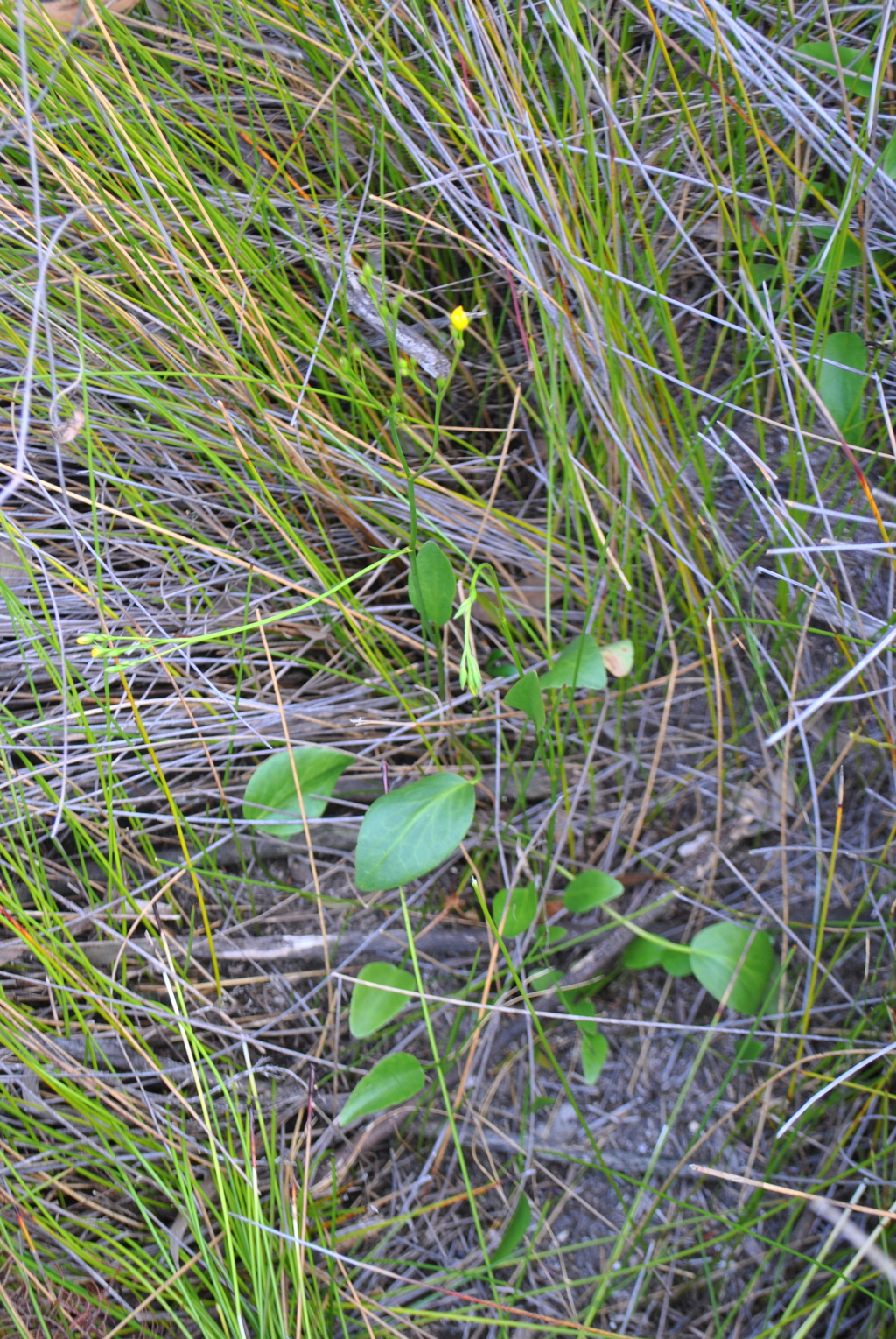Liparophyllum exaltatum
(Sol. ex Sims) Tippery & LesErect emergent perennial to 120(–150) cm high; stolons absent. Petioles of basal leaves to 76 cm long; blades erect, usually ovate-elliptic or lanceolate to broad-ovate, 4–14 cm long, entire or rarely crenulate-dentate, rounded to truncate to shallowly cordate at the base, thick-textured, surfaces c. uniformly matt. Panicle erect, open, near apex of flowering stem. Flowers heterostylous; calyx 4.5–8 mm long; corolla 16–30 mm diam., lobes (4–)5, with broad, entire to crenulate wings, not keeled or rarely with a rudimentary keel; stigmas 2(–3); stigmas longer than broad and exceeding anthers in long-styled flowers, broader than long and not exceeding anthers in short-styled flowers. Fruiting pedicels 4–13(–18) mm long, erect; capsule 5–13 mm long, c. equal to calyx, subglobular to broad-ellipsoid, the lower third to half adnate to calyx-tube; seeds broad-ellipsoid, laterally compressed, (1.5–)1.7–2.6(–3) mm long, pale fawn to dark grey-black, mostly with crowded, terete, apically minutely papillate tubercles to 0.3 mm long, sometimes tubercles absent or reduced; caruncle large, circular. Flowers Sep.–Mar., fruits Nov.–May.
VVP, GipP, OtP, Gold, CVU, GGr, EGL, EGU, WPro, HSF, Strz. Also Qld, NSW, Tas. Typically aquatic in still fresh water to 45(–90) cm deep in permanent swamps or temporarily inundated depressions of grey sand heathland. Occurs in pure stands in open sites or in association with emergent sedges and low shrubs in semi-shade. Tends to occupy shallower water and to flower earlier than Ornduffia reniformis where both species occur together.
Aston, H.I. (1999). Menyanthaceae. In: Walsh, N.G.; Entwisle, T.J., Flora of Victoria Vol. 4, Cornaceae to Asteraceae, pp. 380–385. Inkata Press, Melbourne.
 Spinning
Spinning
